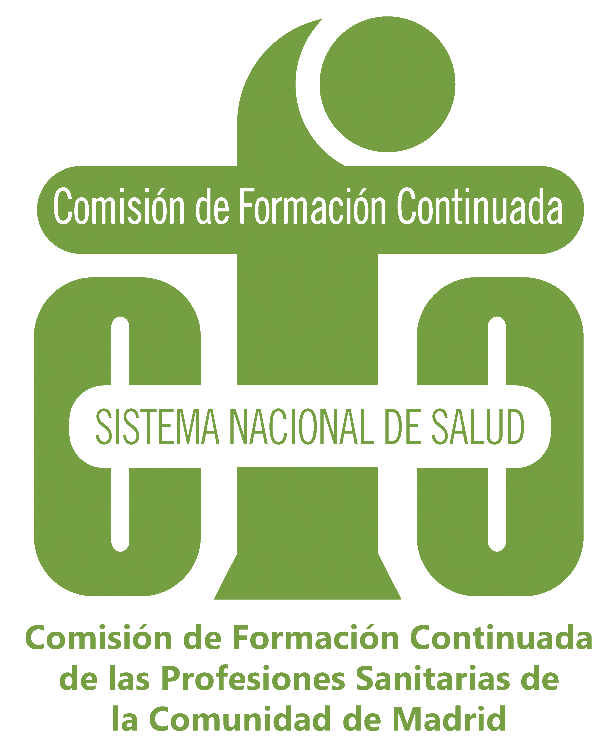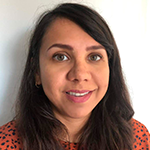Macroscopy and carving in the Pathological Anatomy laboratory
The Macroscopy and Carving course aimed at Anatomical Pathology technicians proposes a comprehensive training in this area of Pathology in which technicians acquire more and more responsibility and many even exclusive dedication.
Macroscopy initiates the process of pathological diagnosis. It is the basis that allows selecting and identifying the lesions and abnormal processes that microscopy and additional techniques will complement until the diagnosis and the final report.
It is a fundamental part of pathological anatomy, the first to be developed historically and something that maintains its essence apart from new technological advances that modulate other areas of pathology.
The course is taught almost exclusively by Anatomical Pathology Technicians. They all have extensive experience in carving, which in some cases exceeds 15 years. They come from different hospitals, which allows integrating the general standards of carving to the particularities that are defined in each hospital. The course has a global vision and all surgical forceps and varieties of biopsies are studied, with the idea that even the most complex lesions and pieces can be learned by technicians and do so with full responsibility, having adequate training and experience.
The approach is essentially practical and along with general notions of each subject, numerous videos are incorporated that reproduce real cases, and make it easy to follow the entire carving process in detail. The course places special emphasis on photography techniques that allow the registration of all cases, simplify the review in complex cases and provide an excellent way of quality control, if as better the traceability of the samples.
The incorporation of carving technicians is something relatively recent and is being implemented not only in our country but also in Europe and in the rest of the developed world.
Therefore we think that the course offers good prospects for an easier labor integration, and we trust that it will be to your liking.
Who is it for:
Anatomical Pathology Technicians, Biologists and Resident Physicians of Anatomical Pathology.
*Continuing education credits are not valid for medical residents.
Lecture periods available for enrollment:
1st edition: from June 1 to August 29, 2021
2nd edition: from September 1 to November 28, 2021
3rd edition: from December 1, 2021 to February 27, 2022
4th edition: from March 1 to May 29, 2022
Event validated with the FENIN Code of Ethics
Lesson 1 - Introduction to the macroscopic study in Pathological Anatomy.
1.1 Objectives of the macroscopic study. General fundamentals on orientation of surgical pieces, description of lesions and sample selection. The NMT system. Dr. Luis Alfaro
1.2 Digital photography of surgical specimens.
1.2.1. Image capture. Dr. Luis Alfaro
1.2.2. Image edition. Rodrigo García / Dr. Luis Alfaro
Item 2 - Macroscopic study of small biopsies.
2.1 Endoscopic biopsies. Colon polyps. Types of polyps and orientation. Isabel Conesa / Nuria García Balsalobre
2.2 Biopsies obtained by curettage: endometrial biopsy, transurethral resection (TUR) of the bladder and prostate. Marina Estarlich Mateu
2.3 Tissue casts. Raquel Catalan
2.4 Small biopsies that are difficult to orient: biopsies of lesions on the cervix, vulva, oral, laryngeal, bronchial mucosa, etc. Candelaria Barbera
2.5 Types of skin biopsies. Carving of punch type biopsies, skin spindle/oval. Skin specimens with anatomical and/or surgical references. Celia Villaplana
2.6 Lymph nodes. Hematolymphoid pathology. María José Roca
Lesson 3 - Macroscopic study of surgical specimens: gastrointestinal pathology
3.1. Gallbladder and cecal appendix. Nuria Gurrea
3.2 Colectomy, rectal resection and abdominoperineal amputation. Silvia Tena
3.3. Esophagus and stomach. Lola Sánchez
3.4. Pancreatectomy. Maribel Dominguez
Lesson 4 - Macroscopic study of surgical specimens: breast pathology.
4.1 Breast lumpectomy and quadrantectomy. Raquel Catalan
4.2 Pieces of mastectomy and axillary lymphadenectomy. Mamen Huart
Lesson 5 - Macroscopic study of surgical specimens: urological pathology.
5.1 Adenomectomy and prostatectomy. Elena González
5.2 Bladder resection. Lola Sánchez
5.3 Kidney tumors. Elena González
5.4 Testicular tumors. Silvia Tena
Lesson 6 - Macroscopic study of surgical specimens: gynecological and obstetric pathology.
6.1 Cervical conization. Borja Gallardo
6.2 Uterine tumors. Amparo Cruz
6.3 Adnexal tumors. Reyes Cañadas
6.4 Placenta. Isabel Giner
6.5 Small fetuses. Reyes Cañadas
Item 7 - Head and neck pathology
7.1 Salivary glands and Larynx. Maribel Dominguez
7.2 Thyroids and parathyroids. Eduardo Garcia
7.3 Eye pathology. Diana Martinez
Item 8 - Lung. Lola Sánchez
Item 9 - Bone and soft tissue tumors. amputation parts. Mamen Huart
Lesson 10 - Formalin toxicity and safety in carving. Dr. Luis Alfaro
Si ya te Matriculaste
ACCEDE al CAMPUS


Management

Dra. Carolina Martínez Ciarpaglini
Médica Patóloga Adjunta al Servicio de Anatomía PatológicaHU de Valencia
Nº Colegiado: 464622652
Colegio de Médicos de Valencia
Coordination

Dr. Luis Alfaro
Médico Patólogo Responsable de las Unidades de Anatomía PatológicaHospitales Vithas de Valencia y Castellón.
Nº de Colegiado: 464614693
Colegio de Médicos de Valencia
